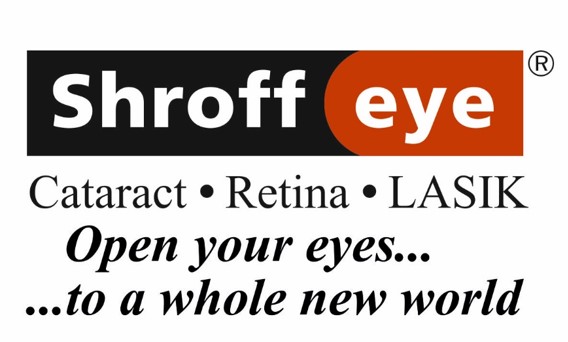Shroff Eye Hospital is India's First Eye Hospital accredited by the Joint Commission International (USA) since 2006. Shroff Eye is also India's first and only Wavelight Concerto 500 Hz LASIK center. Shroff Eye has stood for excellence in eye care since 1919. A firm commitment to quality is at the heart of all services provided at our centers at Bandra(W) and Marine Drive, Mumbai.
Fashionable eye wear may cause damage to your eyes if it does not provide good UV protection
UV radiation in sunlight, including both UV-A and UV-B, has been shown to be harmful to the eye. UV-A penetrates deep into the eye and may injure the macula, the part of the retina responsible for sight in the center field of vision as well as cause cataract. External eye conditions are a result of intense exposure to UV-B. It is most common among individuals that spend long hours outdoors without proper eye protection. This is one precaution one can take to avoid many eye conditions later in life.
Eye damage caused by UV Radiation:
Cataract: Cataracts are opacities formed in the natural lens often caused by long term exposure to UV radiation. Lens opacities can potentially decrease vision.
Macular degeneration: chronic UV exposure may contribute to the aging processes in the retina, including the sensitive centre of the retina, called the macula, leading to macular degeneration and poor vision.
Pterygium: is a fleshy growth on the white part of the eye that may extend onto the clear cornea where it can block vision. It presents most commonly in people who work outdoors in the sun and wind, and is correlated to the amount of UV exposure.
Cancer of the skin, including the eyelids and facial skin, is a well-known consequence of excessive UV exposure.
Photokeratitis is reversible sunburn of the cornea resulting from excessive UV-B exposure. It occurs from spending long hours on the beach or snow without UV sun protection. It can be extremely painful for 1-2 days and can result in temporary loss of vision.
Ways to protect your eyes from UV Radiation:
- Protection from sunlight can be obtained by using a brimmed hat and UV absorbing eyewear. Ultraviolet absorbing eyewear provides the greatest measure of UV protection, particularly if it has a wraparound design to limit entry of peripheral rays.
- Ideally all types of eyewear, including prescription spectacles and some contact lenses should absorb most of the UV spectrum. Labels should be examined carefully to insure that the lenses purchased absorb at least 99-100% of UVA and UVB light.
- Look for sunglasses that are close-fitting or wrap-around sunglasses to prevent light from entering in.
- Don’t be misguided by price — higher priced sunglasses usually reflect fashion or durability, not UV protection.
- Dark-colored sunglasses don’t necessarily provide better protection. A chemical coating applied to the lens is responsible for UV protection, not the lens color.
- Children are more prone to sun damage to the eyes because their lenses are clearer.






